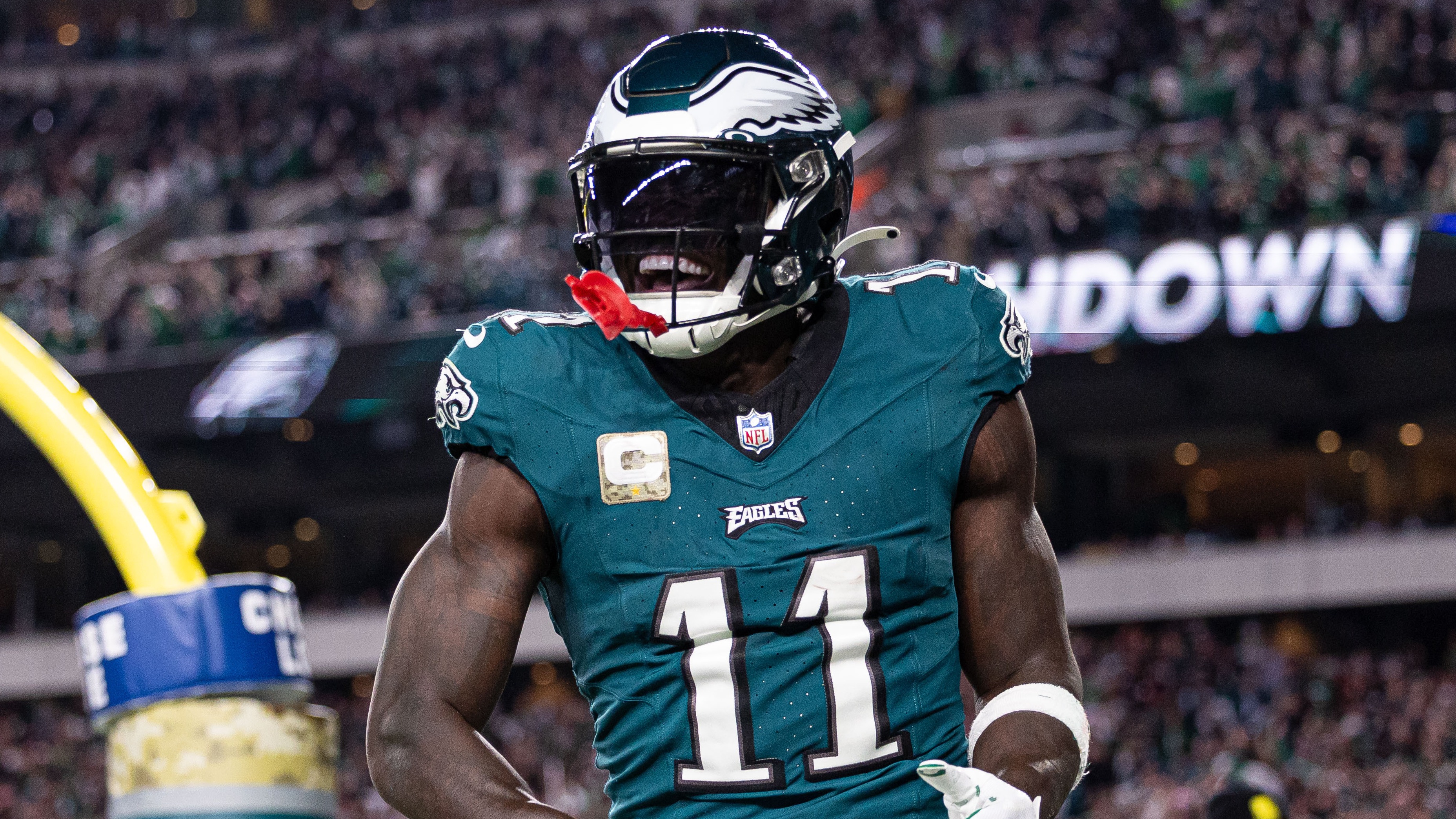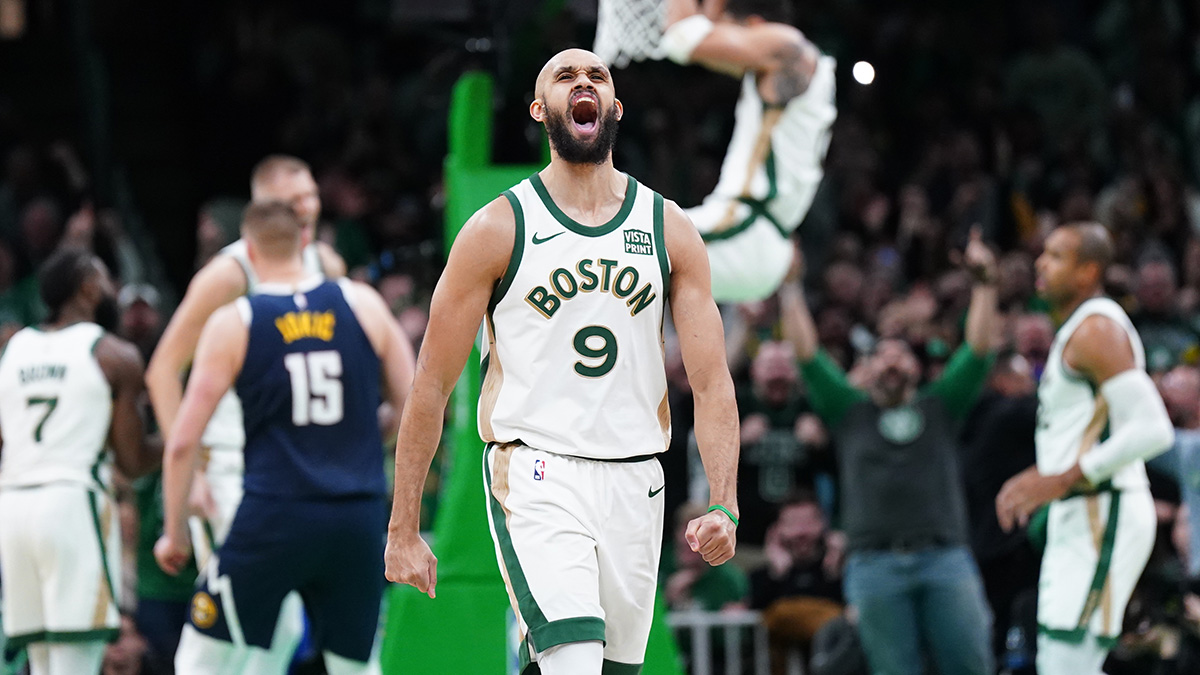Forsberg: Options for the Celtics as the NBA Draft approaches originally appeared on NBC Sports Boston
The Boston Celtics do not have a first-round pick as the 2021 NBA Draft approaches and, while not ideal for a team with a core that will soon become more expensive, the decision to move this year’s first-round selection was a swallow-hard moment with hopes that it might lead to an impactful veteran down the road.
The Celtics sent the No. 16 pick and Kemba Walker to Oklahoma City last month in exchange for Al Horford and Moses Brown. The timing of the deal was important. By sending out a 2021 draft pick, the Celtics will have all their future first-rounders available as trade assets after the draft.
Get Boston local news, weather forecasts, lifestyle and entertainment stories to your inbox. Sign up for NBC Boston’s newsletters.
NBA teams cannot make deals that leave them without a first-round pick in consecutive years. This CBA reference, often referred to as the “Stepien Rule,” is in place to prevent teams from mortgaging their futures in pursuit of established talent.
Celtics Talk Podcast: Is Bradley Beal’s future with Jayson Tatum and the Boston Celtics? | Listen & subscribe | Watch on YouTube
NBC Sports
If the Celtics had waited until after the draft to make a Walker swap then they wouldn’t have been able to trade their 2022 first-round pick without first acquiring another first-round selection. We can debate whether Boston should have waited to try to move Walker without giving up a first-round pick but there was simply no guarantee a better deal would materialize and the Celtics prioritized the flexibility the deal provided.
Now, if an elite talent like, say, Bradley Beal becomes available during the 2021-22 season, the Celtics can offer a package that starts with their 2022 pick. Boston still must stagger picks in any bundle but could also offer pick-swap potential in the odd years.
For instance, Boston could start any trade package in pursuit of an All-Star by offering three first-round picks (2022, 2024, 2026) and three pick swaps (2023, 2025, 2027). Alternatively, the Celtics could acquire additional first-round picks in any future season, which could allow them more flexibility in which picks they send out. Not having a first-round pick this year is still a hinderance for a team that has a lot of money committed at the top of its cap sheet. Jayson Tatum’s rookie extension kicks in this year (and would have been $32 million more expensive if he had made an All-NBA team last season).
Boston saved some money going from Walker to Horford ($27 million) but must decide this summer if it wants to spend to bring back Evan Fournier, a move that would likely push the team into the luxury tax. The Celtics must also consider extending Marcus Smart and Robert Williams (those deals would not start until next season).
The spin after the Walker trade was that Moses Brown essentially becomes Boston’s first-round pick this year. The 7-foot-2 big man has obvious potential but is still quite raw. He doesn’t have quite the ceiling that a typical mid-first-rounder might have but the Celtics certainly hope to develop him at the end of their center depth chart.
Boston still has five first-round picks on the roster from the 2018-2020 drafts, including Aaron Nesmith and Payton Pritchard, who both carved out sizable roles in their rookie campaigns last season. The absence of a pick this year, and potentially in future seasons, puts a premium on Boston developing 2019 first-rounders Romeo Langford and Grant Williams, or using them as trade assets to further bolster this roster.
The Celtics could sneak back into the first round in this year’s draft via multiple avenues. If the team was willing to move Smart -- something they at least have to ponder given he’s entering a contract year -- he might be one of the team’s most valuable assets given his modest salary ($14.3 million). Our guess is that Boston more likely wants to examine Smart in the starting point guard role, and new coach Ime Udoka has already gushed about Smart’s defensive talents.
Remember, too, that Boston’s desire to maintain flexibility could hinder its ability to trade back into the first round. The Celtics wouldn’t want to trade their 2022 first-round pick to get a 2021 first because then it couldn’t trade any future first-rounders until 2024 (at least until after the 2022 draft when the 2023 pick would be back in play).
Forsberg: The two paths for Celtics in finding their Jrue Holiday
Still, keep an eye on the back end of the first round. The Celtics last year dealt the No. 30 pick (which became Desmond Bane) to Memphis as part of maneuvering to get off the money of veteran center Enes Kanter.
There will be teams (Denver?) that could be looking to either shed salary or avoid adding more guaranteed money to their books. Those teams might be willing to send out a pick for cash or multiple second-round assets. Boston could potentially swoop in for a player it desires, though with their own luxury tax concerns, the Celtics might be more likely to simply desire to push higher in Round 2 and ease that rookie’s price tag.
As a coach, Brad Stevens put a premium on veterans that he could trust, often over younger players. We’re eager to see how Stevens, now the president of basketball operations, balances the need to draft and develop young players to complement the big-ticket core, with filling out the roster with veterans via free agency and trade.
If Boston elects to simply stand pat with its lone pick at No. 45, expectations should be managed on what the team can get at that spot. The final quarter of the draft is a dice roll at best and Boston would be crossing its fingers and hoping the team's draft intelligence delivers a player who might eventually become a role player.
Potential draft fits for Celtics: Guards | Wings | Bigs
The heavy lifting is likely to come via trade (Boston is well-stocked with trade exceptions) or free agency, where even the $5.9 million taxpayer midlevel could deliver an impact player.
For now, the Celtics have put a premium on flexibility and that came at the expense of their 2021 first-rounder.



